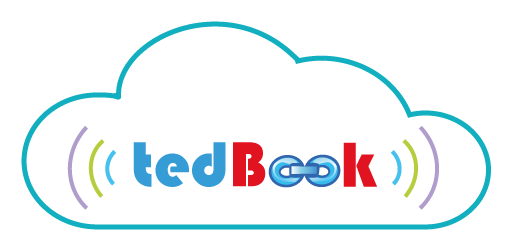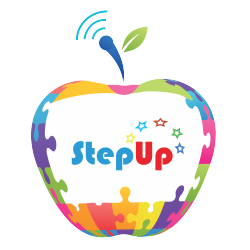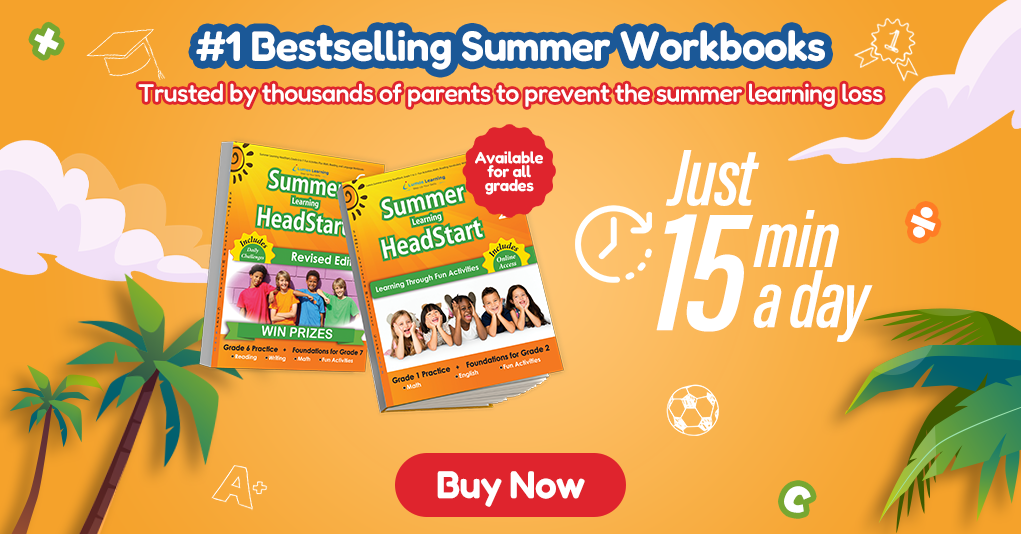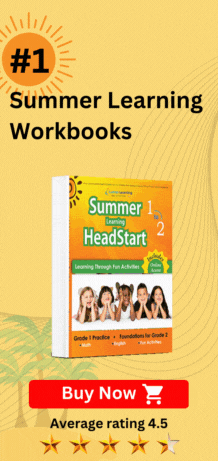Expanding Vocabulary for the GMAS: Engaging Activities and Strategies
For students, parents, and teachers gearing up for the Georgia Milestones Assessment System (GMAS), mastering vocabulary is key. As the foundation of language arts skills, a robust vocabulary not only enhances reading comprehension but also boosts writing abilities.
In this blog, we’ll explore engaging activities and effective strategies to expand vocabulary, catered to the GMAS English Language Arts test. Whether you’re looking for printed workbooks, online resources, or practice tests, we’ve got you covered for your GMAS test prep journey.

Image by KamranAydinov on Freepik
Importance of Vocabulary for GMAS Success
Before diving into strategies and activities, let’s understand why vocabulary is crucial for GMAS test success. The GMAS English Language Arts test assesses students’ ability to comprehend complex texts, analyze literary elements, and express ideas effectively.
A rich vocabulary enables students to decipher unfamiliar words in passages, grasp nuanced meanings, and articulate responses accurately. Moreover, a strong vocabulary enhances overall communication skills, which are invaluable in academic and real-world settings.
GMAS Test Prep Resources: Where to Begin
With the plethora of GMAS test prep resources available, it’s essential to choose materials that align with the test format and standards. Whether opting for printed workbooks or online programs, ensure they are specifically designed for GMAS preparation and are aligned with the Georgia learning standards. Some recommended resources include:
- GMAS Test Prep Workbooks: Look for printed workbooks tailored to the GMAS English Language Arts test. These workbooks typically contain practice exercises, sample questions, and vocabulary-building activities.
- GMAS Online Test Prep Programs: Online programs offer practice tests that mimic the GMAS test, personalized remedial practice, hundreds of practice questions that are aligned with the Georgia state standards, solved examples, and more. Choose programs that provide comprehensive coverage of GMAS English Language Arts topics, including vocabulary development.
- GMAS Practice Tests: Practice tests are invaluable for familiarizing students with the test format, timing, and question types.
Engaging Vocabulary Expansion Activities
Now, let’s delve into engaging activities and strategies to expand vocabulary for GMAS preparation:
- Word Walls: Create a word wall in the classroom or at home featuring GMAS-specific vocabulary words. Encourage students to add new words they encounter during reading or instruction. Incorporate definitions, synonyms, and example sentences to deepen understanding.
- Create Mind Maps: Mind maps are powerful tools for expanding vocabulary. To expand your vocabulary with mind maps, start with a central word and branch out with synonyms, antonyms, related terms, and examples.
- Use Flashcubes: Imagine small cubes with pictures or words on each side. When you see a new word, you look at its picture or definition on the cube. This helps the brain connect the word with its meaning faster. It’s like learning while playing! With practice, one can learn lots of new words in no time.
- Vocabulary Games: Provide students with passages from GMAS practice tests or literary texts. Encourage them to identify unfamiliar words based on context clues and infer meanings. Discuss the nuances of word usage and how it contributes to comprehension.
- Contextual Reading: Provide students with passages from GMAS practice tests or literary texts. Encourage them to identify unfamiliar words based on context clues and infer meanings. Discuss the nuances of word usage and how it contributes to comprehension.
- Roots and Affixes: Teach students about common prefixes, suffixes, and root words found in GMAS vocabulary. Understanding these linguistic elements helps decipher the meanings of unfamiliar words and build connections between related terms.
- Vocabulary Journals: Have students maintain vocabulary journals where they record new words, definitions, and examples from their reading. Encourage them to use these words in sentences or short paragraphs to demonstrate comprehension and application.
- Word of the Day: Introduce a “Word of the Day” routine where students learn a new vocabulary word each day. Encourage them to use the word in conversation, writing, or during classroom discussions to reinforce retention.
- Thematic Vocabulary Units: Organize vocabulary lessons around thematic units related to GMAS topics or literary genres. For example, focus on vocabulary related to fiction, poetry, nonfiction, or specific historical periods.
Strategies for Effective Vocabulary Acquisition
In addition to engaging activities, employ these strategies to maximize vocabulary acquisition and retention:
- Consistent Practice: Incorporate daily or weekly vocabulary practice sessions to reinforce learning and prevent knowledge gaps.
- Use in Context: Encourage students to use new vocabulary words in context through writing assignments, discussions, or presentations. Contextual usage solidifies understanding and application.
- Word Maps and Graphic Organizers: Utilize visual aids like word maps, semantic webs, or concept grids to illustrate word relationships, meanings, and usage.
- Regular Assessment: Assess students’ vocabulary proficiency through quizzes, assessments, or informal checkpoints. Identify areas of weakness and provide targeted instruction or practice.
- Encourage Reading: Foster a culture of reading by providing access to diverse and engaging texts. Exposure to rich language enhances vocabulary development organically.
Conclusion:
Expanding vocabulary is a fundamental aspect of GMAS test preparation, essential for success in the English Language Arts assessment. By incorporating engaging activities, utilizing effective strategies, and leveraging GMAS-specific resources, students can enhance their vocabulary skills and excel on the standardized test.
Whether utilizing printed workbooks, online programs, or practice tests, the key is consistent practice, contextual learning, and meaningful application of vocabulary knowledge. With the right tools and strategies in place, students can confidently tackle the GMAS and demonstrate their language arts proficiency.
Help Your Students Excel in New York State Test (GMAS)
Explore our top-rated test prep programs


GMAS Test Prep Blended Program
Lumos tedBook is a dynamic blended learning program that combines print and digital resources for comprehensive test preparation


GMAS Test Prep Online Program
Lumos StepUp is an AI-powered online program, helping your students master essential skills while providing personalized remedial practice for state test success


